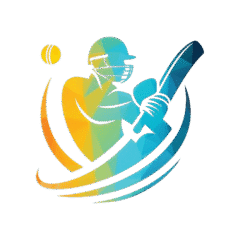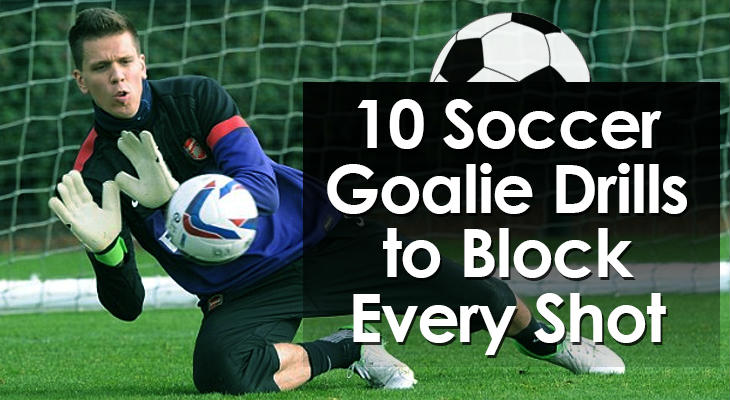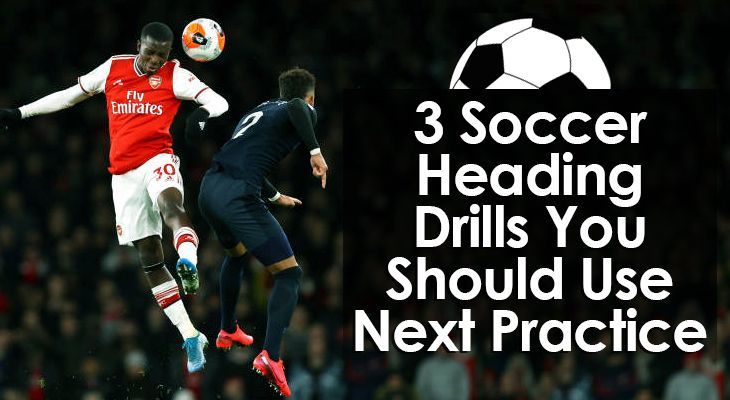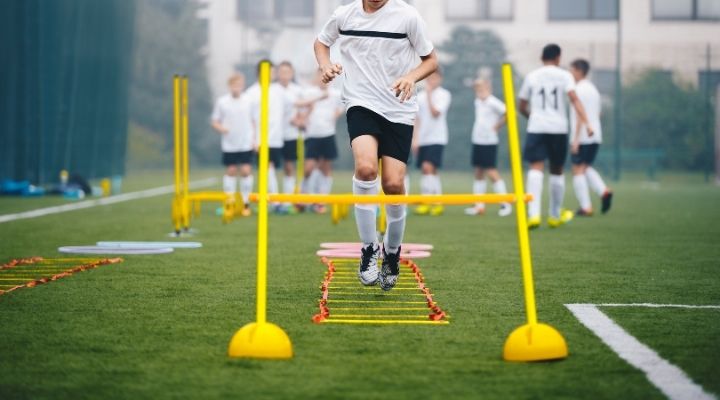12 Soccer Goalie Drills to Build Elite Goalkeeping Skills (2024 Update)
Being a great goalkeeper takes more than just quick reflexes. It’s about positioning, communication, footwork, bravery, and smart decision-making under pressure. Whether you’re training for your next match, preparing for tryouts, or just working on getting better in goal, consistent, focused drills are the key to becoming a top-tier keeper.
In this updated 2024 guide, we’ve put together 12 of the most effective soccer goalie drills to help you sharpen every part of your game—from handling and diving to distribution and reaction time. These are the kinds of drills used by top youth academies and professional goalkeepers alike, but they’re also easy enough to run in your backyard, at practice, or with just a few cones and a partner.
Let’s jump into the essentials!
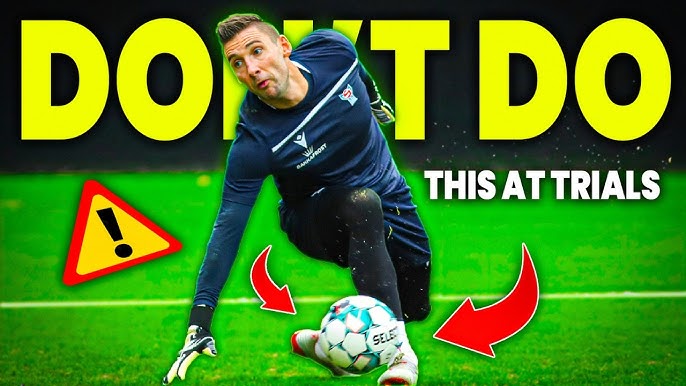
1. Cone Shuffle & Save
What it improves: Footwork, balance, lateral movement
Place 4–6 cones in a zig-zag or straight line about 1–2 yards apart. The goalkeeper shuffles quickly through the cones and finishes with a diving save at the end.
How to run it:
- Start in a low, ready stance.
- Move quickly through the cones without crossing feet.
- As the keeper exits the cones, a coach or partner shoots to either side for a low dive.
Pro tip: Keep your hands in front of your body and eyes on the ball. Focus on quick, sharp steps—not speed alone.
2. Basic Catching Drill
What it improves: Hand positioning, reaction time, and clean catches
The coach or partner throws or gently kicks balls toward the keeper at different heights (chest, waist, head). The goalkeeper focuses on catching and securing the ball cleanly.
How to run it:
- Stand 6–10 yards apart.
- Vary the speed, spin, and height of the ball.
- Practice basket catches (low) and contour catches (chest/high).
Pro tip: Emphasize catching with soft hands and proper technique. The goal is to avoid rebounds.
3. Low Dive Drill
What it improves: Diving form, reaction, and low ball saves
Place two cones about 5–7 feet apart. The goalkeeper starts in the middle, and the coach shoots or rolls balls toward either side.
How to run it:
- Start in a balanced, crouched position.
- React to the ball and dive quickly.
- Reset and repeat.
Pro tip: Push off your inside foot and land on your side, not your stomach. Use your top hand to cover the ball securely.
4. High Ball Catching Drill
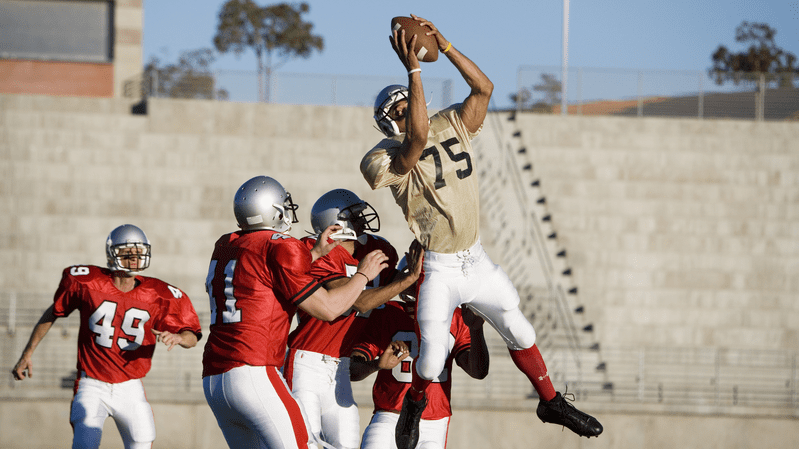
What it improves: Jump timing, confidence under pressure, aerial control
The coach tosses or crosses high balls into the box. The goalkeeper must come off the line to catch them cleanly, mimicking game situations like corner kicks or crosses.
How to run it:
- Start 5–10 yards from where the ball will be delivered.
- Move toward the ball, time your jump, and call out “Keeper!”
- Catch at the highest point possible.
Pro tip: Keep your knees up slightly in the jump to protect yourself from collisions.
5. Rebound Save Drill
What it improves: Second-save reactions, recovery speed, and scrambling ability
Shoot or throw a ball off a rebounder, wall, or post so that it comes back at an unpredictable angle. The keeper must adjust and save the rebound.
How to run it:
- Use a partner or wall to generate rebounds.
- Make the keeper dive or move for the second save immediately.
- Repeat with different angles.
Pro tip: Always stay alert—even after the first save. Many goals come from second chances.
6. 1v1 Breakaway Drill
What it improves: Timing, decision-making, and fearlessness
Attackers dribble toward the goal, and the keeper must decide when to close down, dive, or hold their ground. Great for simulating real-game pressure.
How to run it:
- Use 1–2 attackers from 20–25 yards out.
- The goalkeeper starts on their line.
- Attackers attempt to score; keepers read their movement and act accordingly.
Pro tip: Stay low and narrow the angle as the attacker gets closer. Don’t rush out too early.
7. Reaction Ball Toss
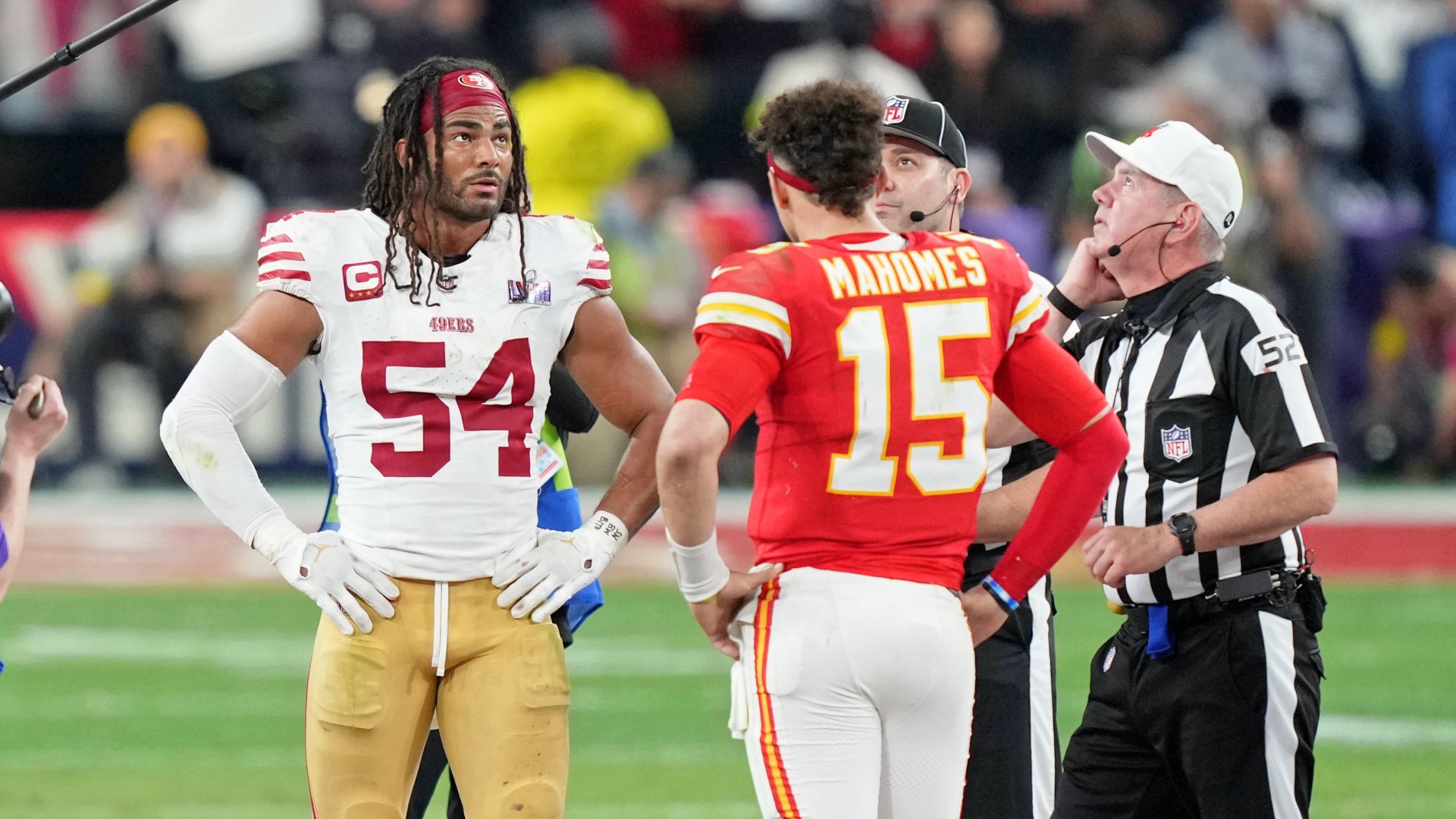
What it improves: Reflexes, hand-eye coordination, and fast twitch response
Use a small reaction ball (the kind with uneven edges) and bounce it toward the keeper. Because the ball moves unpredictably, the goalkeeper must react quickly to catch or stop it.
How to run it:
- Stand 5–8 yards away from the keeper.
- Bounce the reaction ball toward them at various speeds.
- Make quick saves using only hands.
Pro tip: Use tennis balls or other unpredictable objects to make it even more challenging.
8. Distribution Drill
What it improves: Throwing, punting, and goal kicks with accuracy
Good keepers don’t just stop shots—they start attacks. This drill sharpens your ability to distribute the ball with hands or feet.
How to run it:
- Set up cones or targets across the field.
- Practice throws, punts, and side volleys to hit targets.
- Alternate between short and long distributions.
Pro tip: Focus on accuracy first. Speed and power come with repetition.
9. Save and Spring Drill
What it improves: Explosiveness and second-action recovery
After making a diving save, the keeper must get up immediately and make a second save or play the ball.
How to run it:
- Coach shoots low for a dive.
- The keeper dives, saves, and immediately pops up.
- A second shot follows—low, high, or rolling.
Pro tip: Train both sides evenly. Don’t always dive to your strong side.
10. Ladder + Save Combo
What it improves: Foot speed, coordination, and shot response
Combine agility ladder footwork with shot-stopping. After completing the ladder, the goalkeeper must react to an immediate shot.
How to run it:
- Place a ladder in front of the goal.
- Keeper runs through the ladder using different foot patterns.
- At the end, coach fires a shot.
Pro tip: Stay low through the ladder. Don’t come upright before the save.
11. Mirror Movement Drill
What it improves: Lateral speed and reading the play
Goalkeeper mirrors the coach’s or partner’s movements side to side before reacting to a shot or command.
How to run it:
- Set cones 8–10 feet apart.
- Coach moves left/right randomly, keeper mirrors the motion.
- On a signal, the coach shoots or tosses the ball.
Pro tip: Stay light on your toes and keep your knees bent.
12. Shot-Stopping Gauntlet
What it improves: Fitness, focus under pressure, and shot variety
A more advanced drill where multiple teammates or coaches take turns shooting from different angles, distances, and styles—back-to-back.
How to run it:
- Line up 4–5 shooters at staggered positions.
- Each one takes a shot in quick succession.
- Goalkeeper reacts, resets, and goes again.
Pro tip: Stay mentally locked in. This is high-pressure, high-reward training.
Advanced Goalkeeping Tips
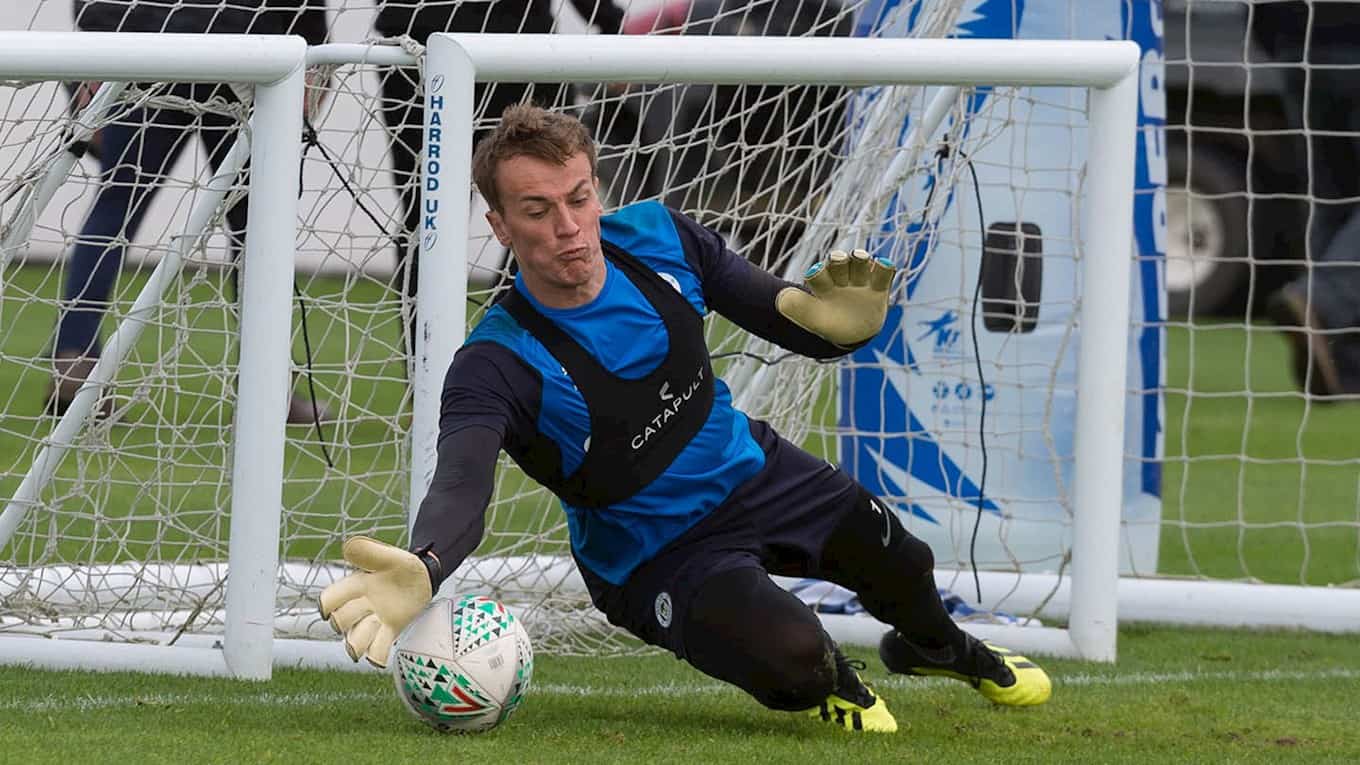
- Always stay on your toes. Flat-footed keepers get beat. Light, bouncy footwork is essential.
- Communicate with your defense. Be vocal about positioning, pressure, and clearances.
- Practice both sides equally. Don’t over-rely on your dominant side for diving or kicking.
- Film your training sessions. Watching yourself helps identify areas for improvement.
- Master the basics first. Clean handling and good positioning prevent more goals than highlight-reel dives.
Table of Contents
FAQs – Soccer Goalie Drills
Q1: How often should goalkeepers train?
A: Ideally, 3–5 sessions per week focusing on a mix of technique, reaction time, and fitness. Add game footage review or visualization to improve positioning.
Q2: Can these drills be done solo?
A: Some drills like reaction catches, footwork ladders, or wall passing can be done alone. Others work best with a coach or partner for accuracy and timing.
Q3: What’s the most important skill for goalkeepers?
A: Positioning and communication. Being in the right spot and giving clear instructions are often more valuable than reflex saves.
Q4: How do I become more confident in goal?
A: Confidence comes from repetition and preparation. The more you train under realistic pressure, the more natural your reactions become.
Q5: How can I improve my dive technique?
A: Focus on proper foot push-off, keeping your hands leading the dive, and landing safely on your side. Start slow and build intensity over time.
Final Thoughts: Train Like a Wall, Think Like a Leader
Great goalkeepers aren’t born—they’re built through consistent, focused training. Every dive, every catch, every call you make helps build the habits that make you a rock at the back.
These 12 goalkeeper drills hit every area that matters: reflexes, handling, distribution, positioning, communication, and composure under pressure. Use them as part of your weekly training routine, mix them up to keep things fresh, and track your progress.
And remember: being a great keeper isn’t just about stopping goals—it’s about organizing your defense, making smart decisions, and being a calming presence when the game gets chaotic.
So grab your gloves, step between those posts, and put in the work that separates good from great.
